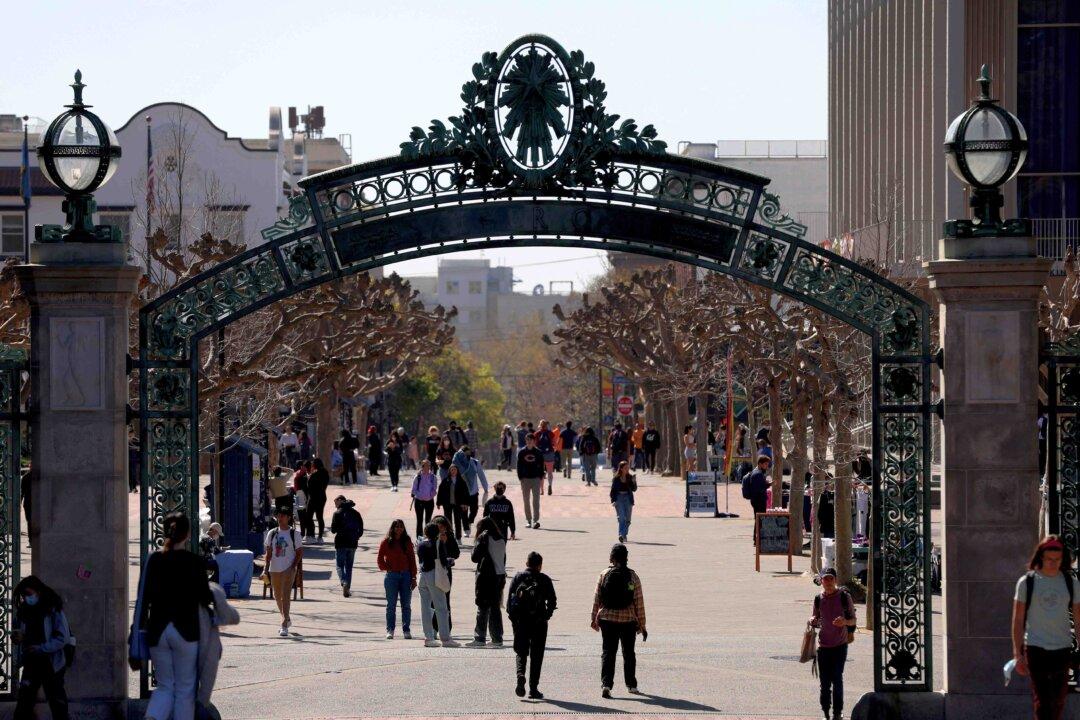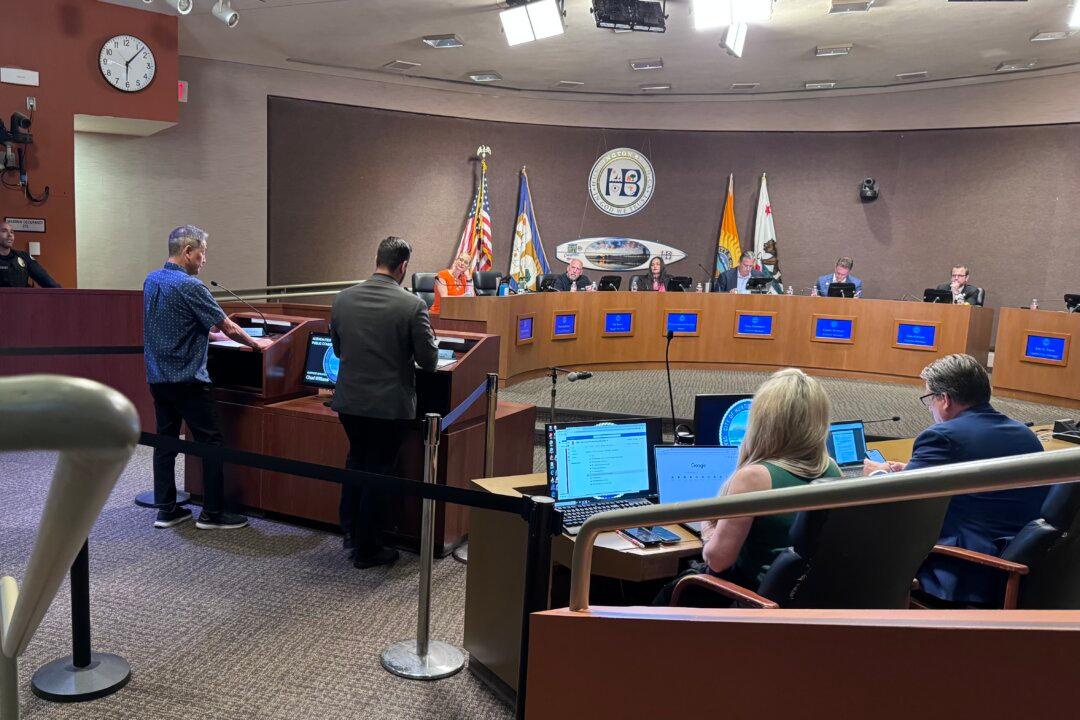Facing a statewide budget deficit and a projected decline in young people, California’s higher education systems may see funding decline in the future, according to a May report by the nonpartisan Public Policy Institute of California.
During the COVID-19 pandemic, the state’s University of California (UC), California State University (CSU) and community college systems saw growth in per-student funding due to an “unusual convergence of events”—namely, enrollment fell as federal pandemic aid flowed in.





